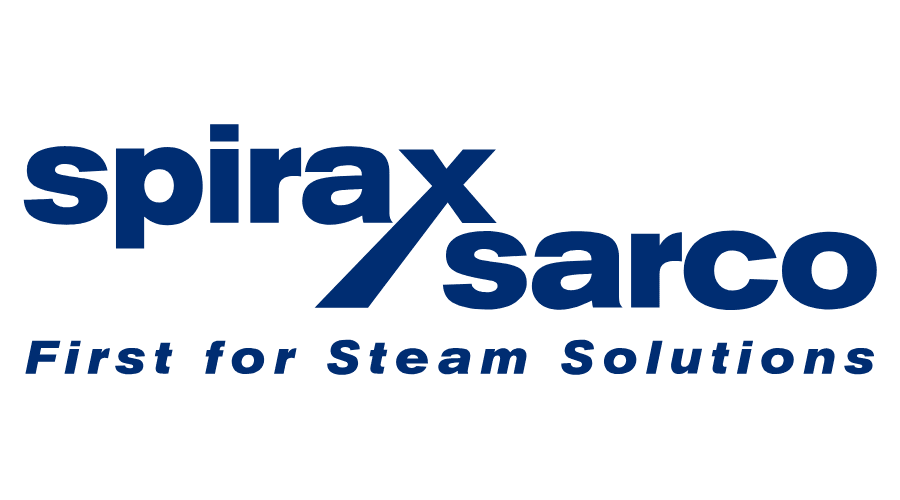The main use of steam heat exchange in healthcare (or indeed hotels and institutions) is for heating water, both as Domestic Hot Water (DHW) and Heating Hot Water via a Low-Temperature Hot Water (LTHW) Loop. There are many different options when it comes to steam to water heat exchange, and for efficient and reliable operation the design must be given careful consideration.
Traditionally the storage calorifier was commonly used for DHW, however, the risk of Legionella, maintenance and cleaning requirements and the large floor space required in plant rooms has seen a move towards more compact heat exchange solutions, that heat water on demand.
In the past the focus may have been on the capital cost of a heat exchange unit, meaning it was likely implemented in its most simple form of a heat exchanger with a steam control valve and a steam trap to remove the condensate. The steam control valve controls the steam flow and pressure (temperature) into the heat exchanger to suit the differing load conditions, and so this is referred to as steam side control. The issues here are that a smaller heat exchanger (small size/area used to reduce capital cost), will require higher steam pressure, which in turn can produce flash steam that, if not utilised, will result in losses and inefficiency. In addition, the use of a standard steam trap on these units limits the turndown possible before stall and flooding of the heat exchanger causes problems with accurate temperature control and possibly even damage to the heat exchanger over time.
With energy efficiency and the need to reduce carbon emissions becoming a driving factor, the focus turns to a heat exchanger package that will help meet these targets. A modern DHW steam heat exchanger unit will often use a plate heat exchanger, with large surface area and high heat energy transfer, coupled with active condensate removal using a pump trap. The large area of the heat exchanger, coupled with active condensate removal allows low steam pressure to be used, without the risk of stall or flooding (lower steam pressure also increases gasket life of the plate heat exchanger, and so improves reliability). The combination of using low steam pressure, the design of the heat exchanger and the fact that the water temperature is relatively low (usually 60°C output) mean that flash steam can be virtually eliminated, making for better efficiency. And the elimination of stall and flooding means better response and more accurate control of the water temperature (critical if needing to maintain temperature for Legionella control).
For Heating Hot Water (HTG) the water temperature is higher than DHW, typically up to 80°C. This, combined with much higher heating loads, can make it more challenging to eliminate flash steam using a steam side control heat exchanger unit (even with a plate heat exchanger and active condensate removal). However HTG applications are usually very stable with slow and steady changes to load conditions. This allows an alternative control method to be explored, which is condensate side control. Here, the steam is applied to the heat exchanger at a constant low pressure and a control valve is used to control the rate of condensate removal. The heat exchanger is thus purposely flooded, with the degree of flooding, and hence the area exposed to steam where high heat transfer takes place, being controlled by the condensate side control valve. The flooding and sub-cooling of the condensate eliminate flash steam, and can provide good control, provided the load changes are gradual. This type of control is not suitable for DHW, where load changes can be rapid. Even with a well-designed unit, suited to the application, consideration should be given to monitoring and performance tracking, by way or metering steam and water flows and logging temperatures, to ensure maximum efficiency is maintained.
When it comes to steam heat exchange there are many options, and it is important that the unit is designed and engineered to meet the requirements of the application, with energy efficiency and reliability being key considerations.




